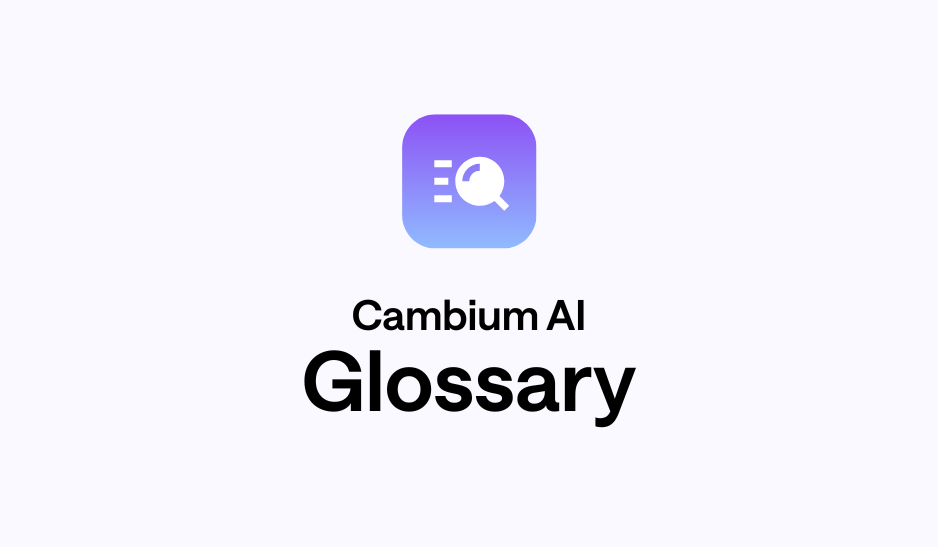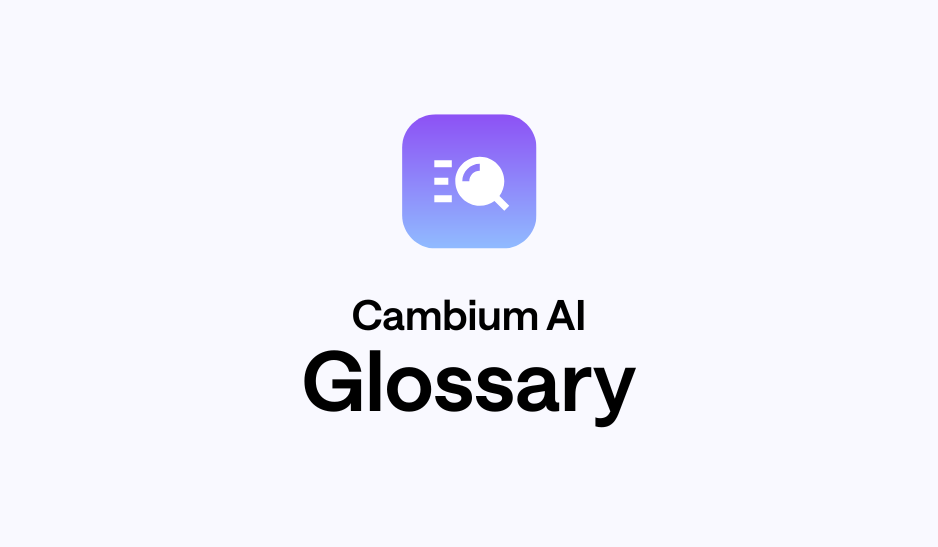SNAP Receipt by Household Type | Demographic Glossary

Definition
Shows the percentage of households, categorized by their type (e.g., married-couple families, single-person households), that received benefits from the Supplemental Nutrition Assistance Program (SNAP, formerly food stamps) in the past 12 months.
Why It Matters
Directly indicates food insecurity and reliance on public nutrition assistance. It highlights which types of households are most vulnerable to food insecurity and where resources for food support are most needed.
Specific Relevance for Professionals:
Marketers
Can inform strategies for organizations providing food-related services, value grocery chains, or community food programs, by identifying concentrations of households reliant on food assistance for specific family types.
Researchers
Fundamental for studying food insecurity, the effectiveness of federal nutrition programs, and how household structure influences access to and reliance on food assistance.
Consultants
Useful for advising food banks, non-profit organizations, or public health initiatives on resource allocation and program design for specific household types facing food insecurity.
Public Policy Workers
Critical for evaluating the reach and effectiveness of SNAP, designing food assistance programs, and addressing food insecurity challenges for specific family structures within a community.
